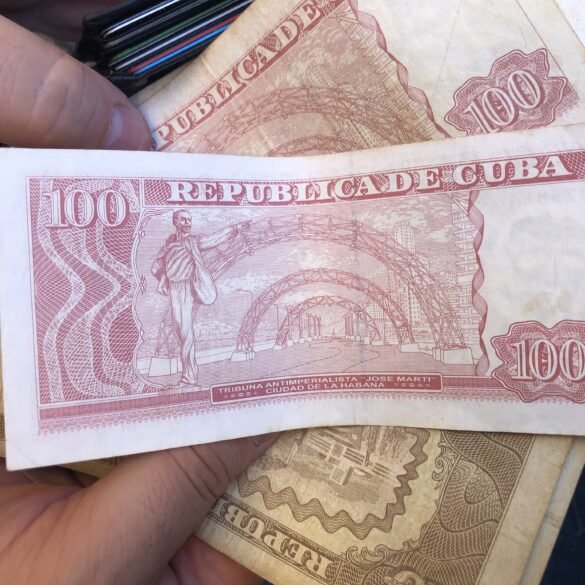There were two types of reactions to my last post about visiting Cuba and bringing gifts of hygiene supplies and medicine:
- “Did you really have to bring soap and pills with you? I thought Cuba had everything by now…”
Or
- “Wait… You went to Cuba? Is that legal? How did you get there? I thought it was completely closed off!”
No middle ground. But that’s exactly where Cuba is now – a strange and often confusing middle ground.
After briefly lifting its sanctions against Cuba, the United States reinstated a commercial, economic, and financial embargo, which makes it illegal for U.S. corporations to do business with Cuba. Not only is Cuba unable to purchase foods and medicines from the US, but the sanctions are also affecting imports from other countries as well. Many banks worldwide are refusing to carry out transactions and authorize payments to a country under embargo. Thus, empty stores and pharmacies, and people on the street asking for soap and medicine.
Nevertheless, it is still possible for Americans to travel to Cuba, albeit under certain restrictions. Technically, “Tourism” is not allowed, but it is possible to apply for a visa under one of 12 travel categories. Among “Family Visits”, “Journalism”, “Religious Activities”, “Humanitarian Projects” and so on, there is one category curiously named “Support for Cuban People”. It’s vague and confusing, but then so is everything about US-Cuban relations. So, according to my research, this category requires that the visitor “participates in activities that strengthen Cuban society.” In case you don’t know what this means (because I certainly didn’t), there is a helpful list:
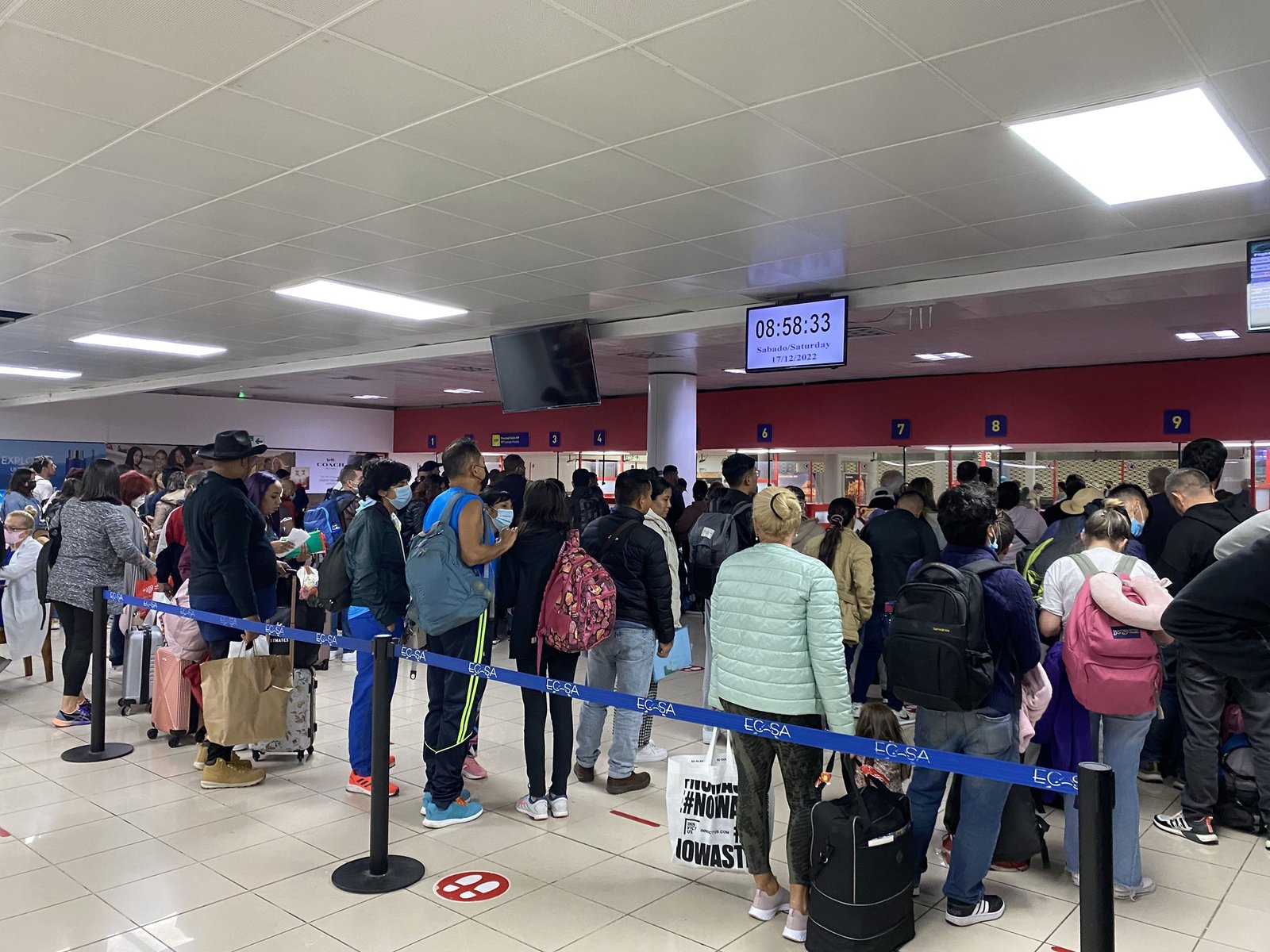
Stay at casa particulares (rented accommodations in private Cuban residences)
Visit independent museums and historical sites
Eat at locally owned restaurants (paladares)
Shop at independently run markets
Take Cuban cooking classes
Take private salsa dancing lessons
Tour a tobacco farm and learn how to roll Cuban cigars
Volunteer with a local organization or non-profit
Discuss Cuban society with local hosts
In addition, travelers must retain records, like photos, receipts, and itineraries, and keep them on hand for five years.
Travelers must avoid all transactions with GAESA-owned (military-owned) businesses and any businesses on the “Cuba Restricted List”
So, while the list mostly included activities that we already like to do in any country we visit, the idea of constantly referring to the list of restricted businesses and spending our days collecting receipts did not sound great.
A little spoiler: during two weeks in Cuba, we collected exactly 0 receipts unless you count a hand-written note on a napkin counting up our bill at our casa particular in Viñales.
In the end, we decided that as long as we book private accommodations and ask our hosts to book us private tours (horseback riding, a tobacco farm visit, and so on), we should be fine in avoiding any military-owned businesses. Our instincts turned out to be right and this was much less of a hassle than I initially feared.
Booking accommodations (casa particulares) was extremely easy as well, as it is possible to do so through Airbnb and prepay ahead of time with a credit card (the impossibility of using American credit and bank cards in Cuba will be painstakingly described in the next post).
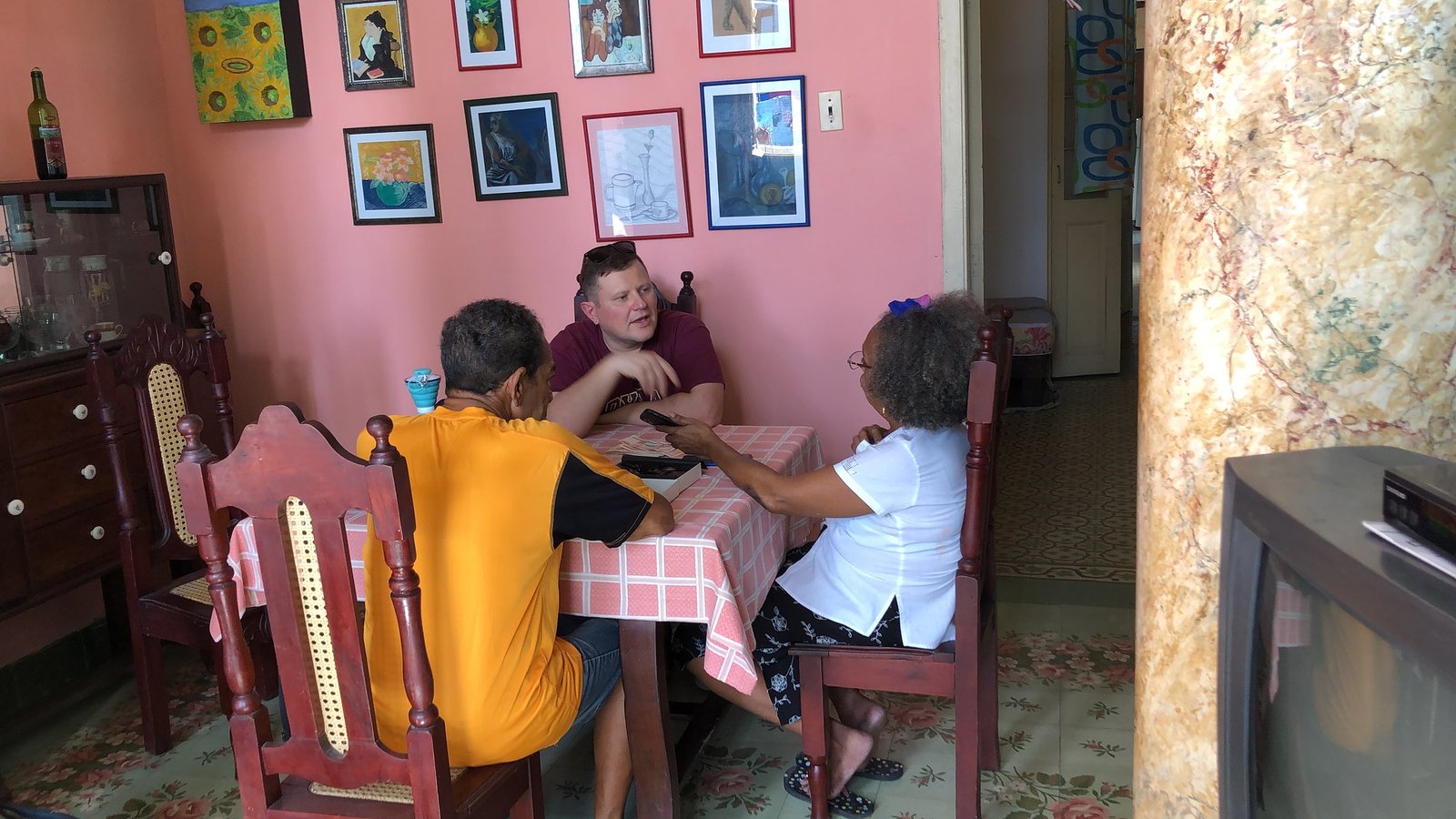
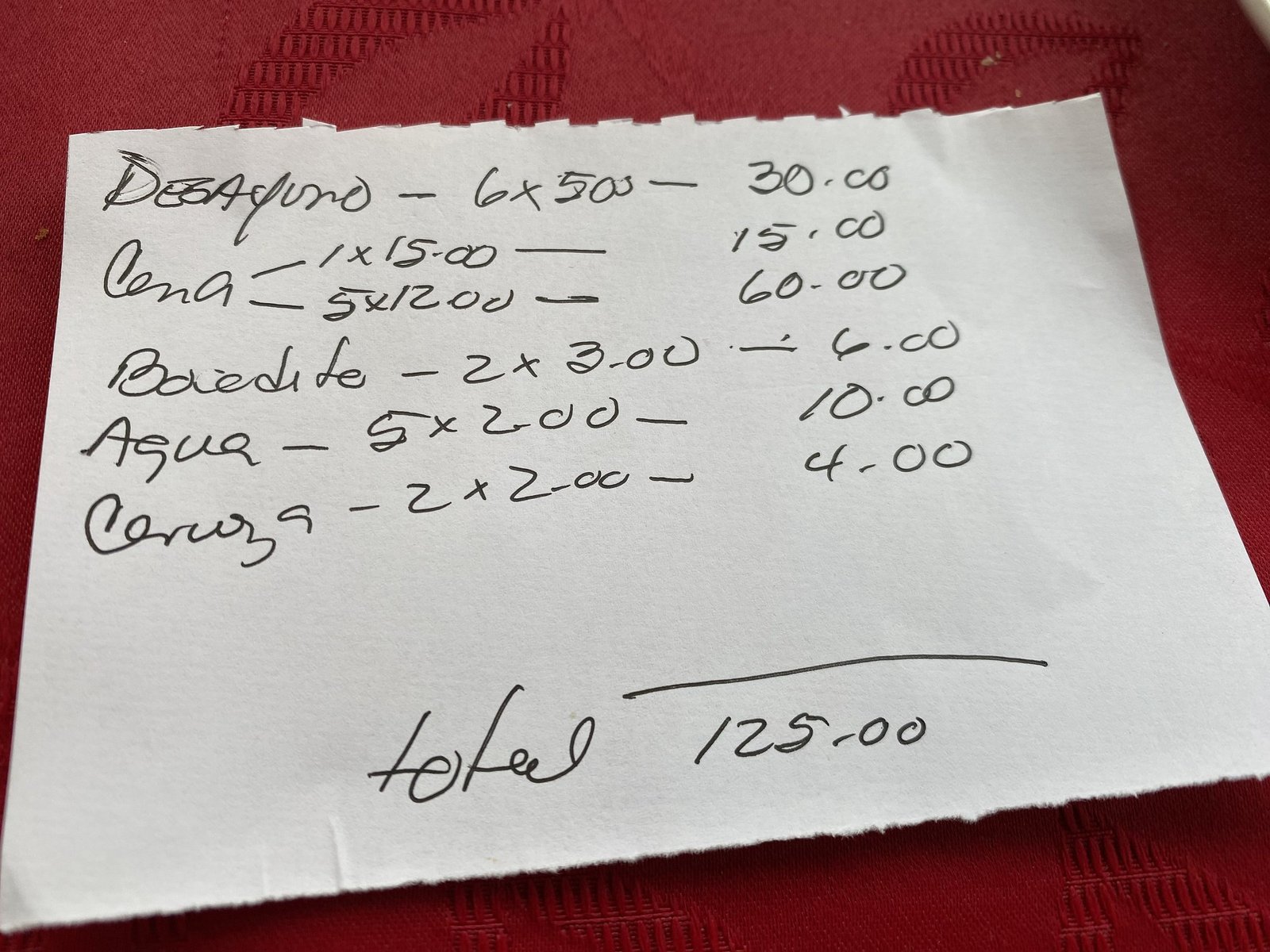
So, all in all, here are the steps we had to take in order to visit Cuba.
- Purchase airfare. Seems simple enough but became a little more complicated when I realized that buying two separate tickets, Chicago to Fort Lauderdale and Fort Lauderdale to Havana, with different airlines slashed the price almost in half. Highly recommended step, just make sure to have at least 5 hours at the stopover in Fort Lauderdale, you will need all that time to allow for flight delays, drag your luggage to another terminal, check-in, purchase a Cuba Travel card, and so on.
- Cuba requires each U.S. traveler to have a visa and medical insurance that is accepted in Cuba. I was relieved to see that JetBlue (the airline that we booked for Fort Lauderdale – Havana flight) took care of both. 30 days of medical insurance is included in each airfare, and a Cuban visa can be purchased for $50 right at the airport.
- Book Airbnb for all stays ahead of time. It saved us from having to carry enough cash on us to pay for accommodations onsite and we didn’t have to deal with Cuba’s unreliable Wi-Fi when trying to book something last minute.
- Figure out how much cash and what currency to bring with you (more about that in the next post).
- Two days before your flight, fill out “Advance Information of Travelers” form at https://dviajeros.mitrans.gob.cu/inicio. This is where we picked “Support for Cuban People” as a travel category and filled in all of our personal information. We printed out the forms but were never asked for them.
- Once in FLL airport, we went to Terminal 3 and found a separate line for JetBlue with a sign “Cuba check-in”. There, we were able to check in for our flight and purchase visas.
That’s basically it. The flight back was even less complicated. No one even asked us if we were smuggling back any Cuban cigars.
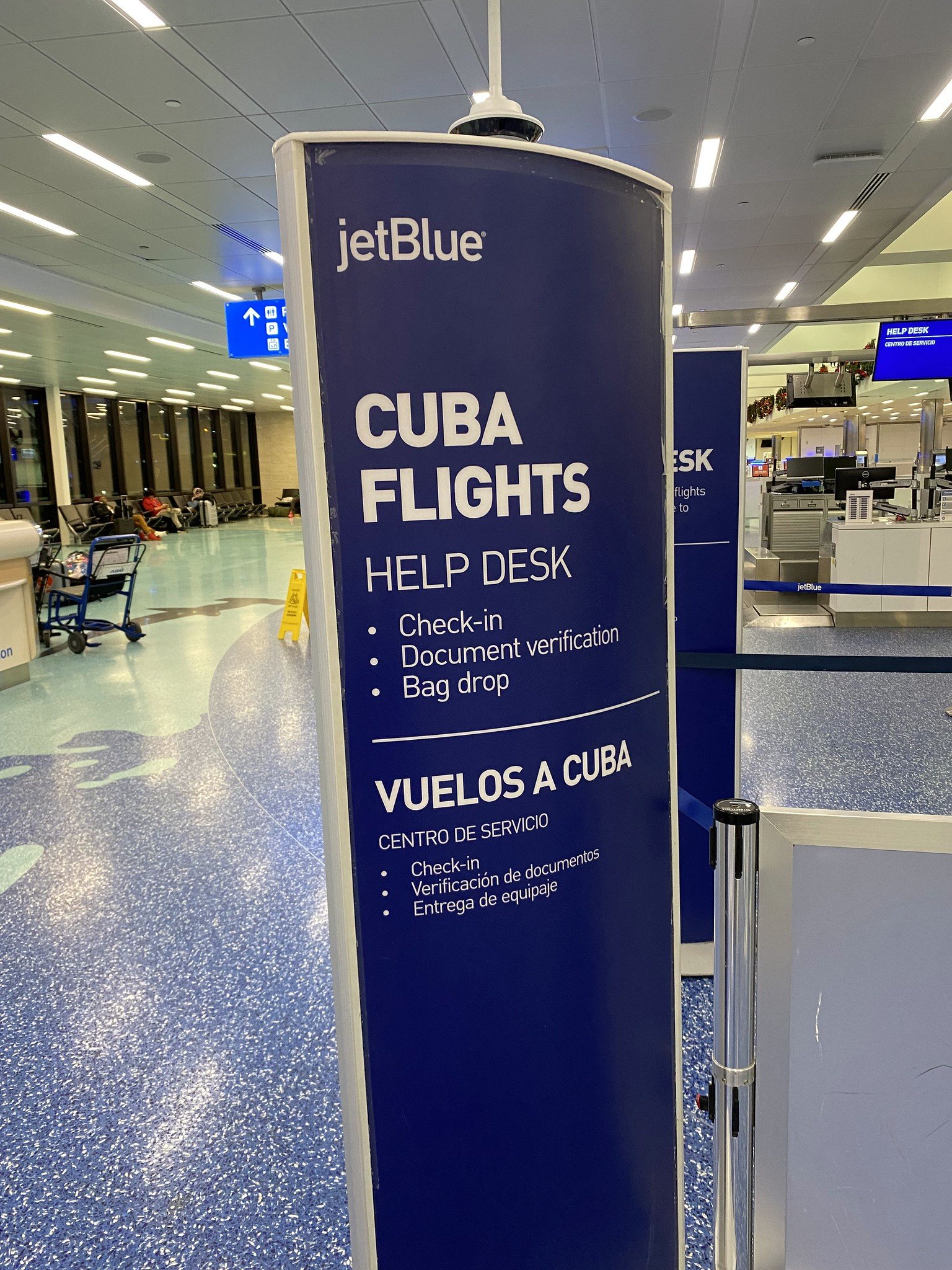
The only thing we would do differently next time is purchase check-in bags and fill them with medicine, soap, non-melting candy, art supplies for kids, and clothes to give away. I know that in the end, it’s just a drop in the ocean, but it’s the least we could do.
It’s a little strange to write a step-by-step post for visiting Cuba, knowing full well that a vast majority of information we found on the web before our visit was hopelessly outdated and most likely, all of this material will be obsolete by the time we publish it. If anything, it will be a good reference for how things used to be.
I, for one, am looking forward to visiting Cuba again in the future, on a tourist visa, without having to carry cash, soap, and medicine. A prosperous and flourishing Cuba that will be more expensive for tourists and far more accommodating to its own citizens.
P.S. By the way… We still have two Cuban cigars. Any takers?
In our defense, we were told that farmers-made cigars, unlike factory cigars, are legal to bring back and we chanced it with 5 cigars.

